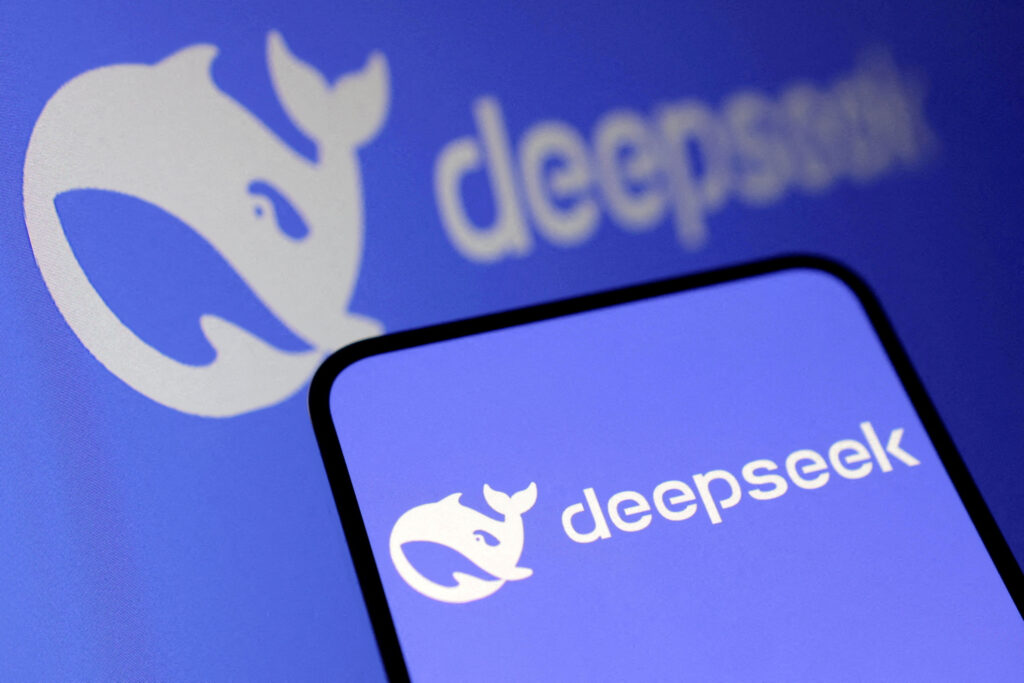Chinese artificial intelligence startup DeepSeek has quietly rolled out an updated version of its R1 reasoning model, dubbed R1-0528, intensifying the growing competition with leading U.S. AI companies such as OpenAI. The release, which appeared early Thursday on the developer platform Hugging Face, comes without a formal announcement or technical documentation, a move that has sparked curiosity and speculation within the global AI community.
This latest development follows DeepSeek’s earlier breakthrough this year, which challenged long-held beliefs that U.S. export controls on advanced chips would severely hamper China’s AI progress. Despite limited access to cutting-edge hardware, DeepSeek astonished observers by producing AI models that matched or even exceeded the performance of top-tier U.S. systems—at a fraction of the cost.
The R1-0528 update builds upon DeepSeek’s original R1 model, which made headlines for its strong reasoning capabilities and cost-efficient performance. Though the company has yet to disclose the specifics of the improvements in R1-0528, its presence on Hugging Face signals the model’s readiness for developer testing and community feedback. The lack of detailed benchmarks or architectural information leaves many questions unanswered, but early user engagement is expected to shed light on its potential.
DeepSeek’s rapid ascent is emblematic of a broader shift in the global AI landscape. China’s AI ecosystem, long perceived as lagging behind the U.S. in foundational model development, is now showing signs of self-reliance and technological maturity. By leveraging homegrown talent and alternative chip strategies, companies like DeepSeek are proving capable of pushing the envelope in reasoning and language modeling.
This latest move also underscores the strategic importance of open developer platforms such as Hugging Face, which enable smaller players and international firms to reach a global audience. As DeepSeek continues to refine its R1 series, the world will be watching closely to see whether China’s AI ambitions can translate into sustainable leadership—and how the West will respond to this growing wave of innovation.

